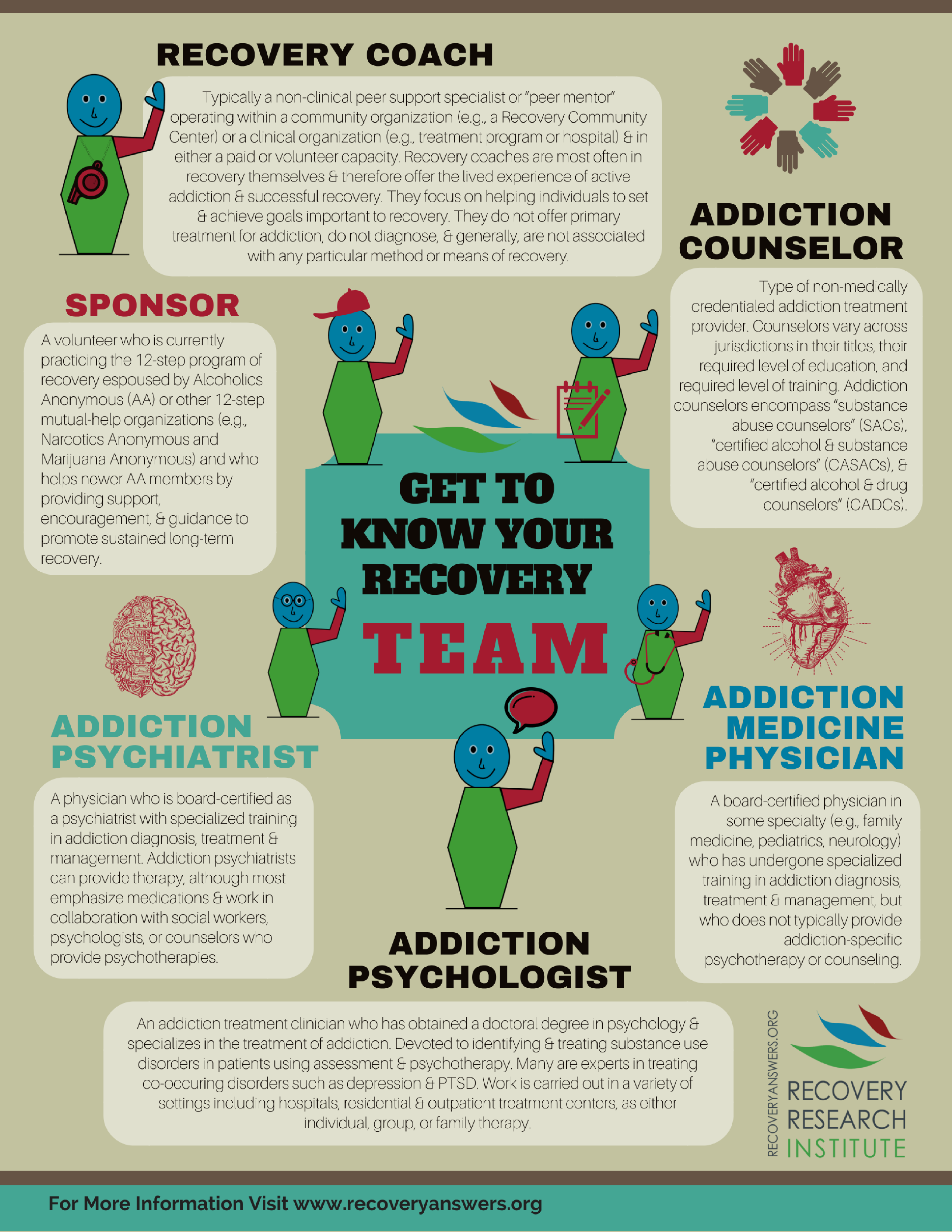What Is Trauma Informed Therapy
What Is Trauma Informed Therapy
Blog Article
Just How Do Mood Stabilizers Job?
State of mind stabilizers assist to calm areas of the mind that are impacted by bipolar affective disorder. These medications are most reliable when they are taken consistently.
It might take a while to locate the best medicine that functions ideal for you and your doctor will check your problem throughout therapy. This will involve routine blood examinations and perhaps a change in your prescription.
Neurotransmitter policy
Natural chemicals are a team of chemicals that manage each other in healthy individuals. When levels end up being out of balance, this can bring about state of mind problems like depression, anxiety and mania. Mood stabilizers assist to avoid these episodes by aiding manage the equilibrium of these chemicals in the brain. They also may be made use of along with antidepressants to enhance their efficiency.
Medicines that function as state of mind stabilizers consist of lithium, anticonvulsants and antipsychotics. Lithium is possibly the most popular of these medicines and jobs by influencing the flow of sodium with nerve and muscular tissue cells. It is most often utilized to deal with bipolar illness, but it can likewise be practical in dealing with various other state of mind disorders. Anticonvulsants such as valproate, lamotrigine and carbamazepine are also efficient mood supporting medicines.
It can take a while to discover the appropriate sort of drug and dose for each person. It's important to work with your doctor and engage in an open dialogue about how the medication is working for you. This can be especially useful if you're experiencing any side effects.
Ion channel modulation
Ion channels are a significant target of state of mind stabilizers and lots of various other medications. It is now well established that they are dynamic entities that can be regulated by a variety of external stimulations. On top of that, the inflection of these networks can have a variety of temporal impacts. At one extreme, modifications in gating dynamics might be rapid and immediate, as in the nicotinic acetylcholine receptor/channel system. At the other end of the spectrum, covalent alteration by healthy protein phosphorylation may result in changes in network feature that last much longer.
The field of ion channel modulation is getting in a duration of maturation. Recent studies have actually shown that transcranial concentrated ultrasound (US) can stimulate nerve cells by turning on mechanosensitive potassium and salt channels embedded within the cell membrane layer. This was demonstrated by expressed networks from the two-pore domain name potassium household in Xenopus oocytes, and focused United States substantially modulated the existing streaming through these networks at a holding voltage of -70 mV (ideal panel, relative effect). The outcomes follow previous observations revealing that antidepressants affecting Kv channels manage glia-neuron communications to opposite depressive-like actions.
Neuroprotection
Mood stabilizers, like lithium, valproic acid (VPA), and carbamazepine, are essential in the therapy of bipolar affective disorder, which is characterized by recurring episodes of mania and clinical depression. These medications have neuroprotective and anti-apoptotic residential or commercial properties that help to stop cellular damages, and they also boost cellular resilience and plasticity in useless synapses and neural circuitry.
These safety activities of mood stabilizers may be moderated by their inhibition of GSK-3, inositol signaling, and HDAC task. Moreover, long-term lithium therapy safeguards against glutamate excitotoxicity in cultured nerve cells-- a model for neurodegenerative problems.
Research studies of the molecular and mobile impacts of state of mind stabilizers have actually shown that these drugs have a large range of intracellular targets, including numerous kinases and receptors, as well as epigenetic alterations. Further study is required to identify if state of mind stabilizers have neurotrophic/neuroprotective actions that are cell kind or wiring specific, and just how these effects might complement the rapid-acting healing response of these representatives. This will aid to substance abuse counseling establish brand-new, quicker acting, extra effective therapies for psychiatric ailments.
Intracellular signaling
Cell signaling is the process through which cells communicate with their setting and other cells. It includes a series of steps in which ligands connect with membrane-associated receptors and result in activation of intracellular paths that regulate necessary downstream cellular features.
State of mind stabilizers act on intracellular signaling via the activation of serine-threonine protein kinases, leading to the phosphorylation of substratum proteins. This turns on signaling cascades, causing adjustments in gene expression and mobile feature.
Numerous state of mind stabilizers (including lithium, valproate and lamotrigine) target intracellular signaling pathways by hindering particular phosphatases or turning on specific kinases. These impacts create a decrease in the task of these pathways, which results in a decrease in the synthesis of certain chemicals that can impact the mind and lead to signs of depression or mania.
Some mood stabilizers additionally work by improving the task of the inhibitory natural chemical gamma-aminobutryic acid (GABA). This boosts the GABAergic transmission in the brain and minimizes neural task, thereby creating a relaxing effect.